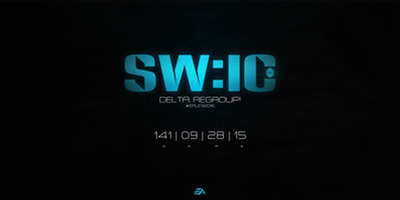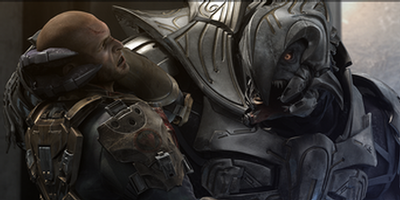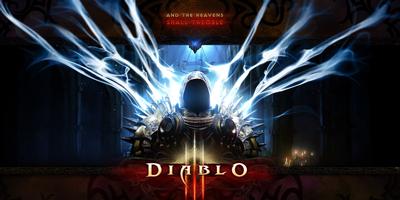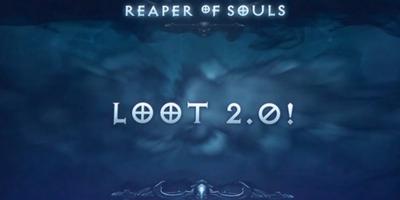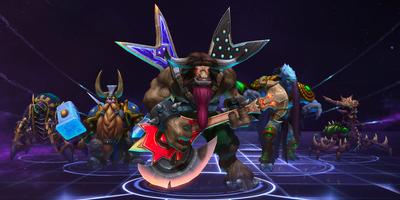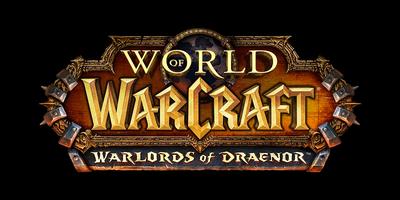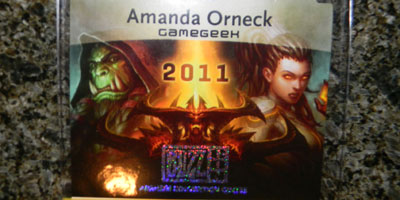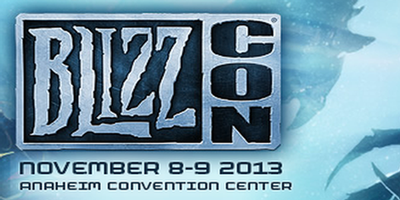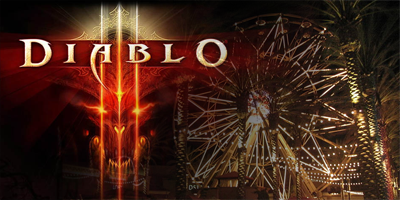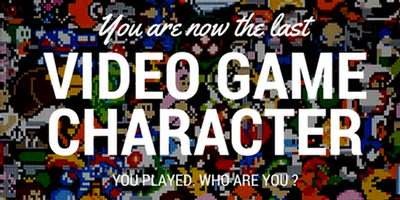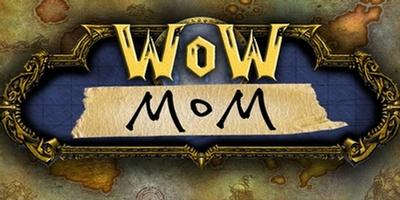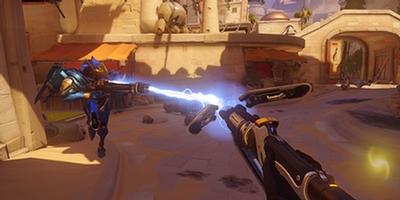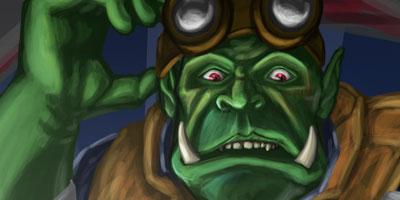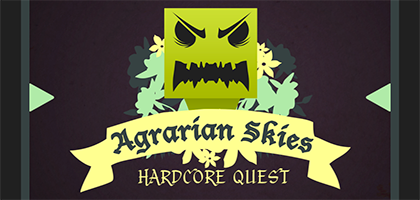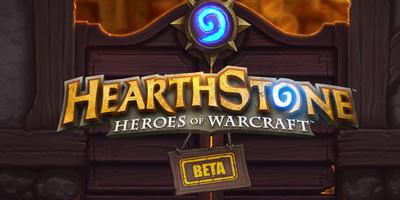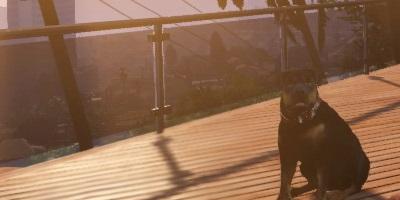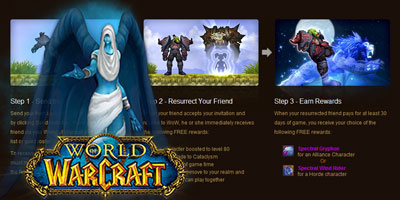- by Arthur "Arturis" Orneck
- Posted on February 6, 2016 @ 6:00 PST
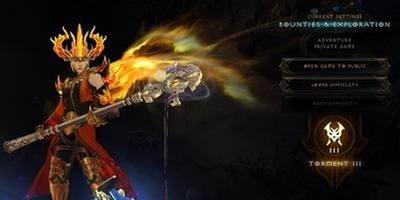
Diablo III is a great game, but when it launched, Blizzard had left out something fairly vital to it's longevity - a solid End Game. Once a player had plowed through the story mode, all that was left was plowing through the story mode again, at a higher difficulty. While this was viable back in the days of Diablo II, that was over a decade prior, and the way gamers play nowadays has changed. Thankfully, Blizzard rectified this with the release of Diablo III Seasonal Play.
Every few months, a new season starts, and players have the option of creating a Seasonal Character - a character that is cut off from the vast wealth of the rest of thier characters, and has to start off at base zero, level 1, with nothing but the virtual shirt on their back to start off with. While this may sound like a set back on paper, it opens up the ability to start the game completely fresh every few months, with a different set of Seasonal rewards to earn that will eventually trickle down to the rest of your characters after the season is over.
In order to help out others who are new to what is now my favorite way of playing Diablo III, I have written this guide. Below you will find a collection of the knowledge and tidbits I have picked up through play and from around the 'Net, collected in one convenient place.
-
Table of Contents
Getting Started
When creating a Seasonal character, the first thing you need to decided is what class to play. While this largely depends on your mood and play style, what I personally do is look at what class I have played the least at that point - it makes choosing a class for this Season super easy, as well as giving you an excuse to try out classes youve been avoiding.
Story Vs. Adventure
The next big decision is one of the few that you can easily go back on - Leveling in Story Mode or Adventure Mode. If you have not completed the game in Story Mode, I *highly* suggest doing so. The story in Diablo III is fairly deep and at some times gripping, and you wouldn't want to have it spoiled for you by jumping around the non-linear Adventure Mode. I have found, however, that I seem to level much faster in Adventure mode, so once you have the story played through at least once and you've shown ol' Diablo who is boss, Adventure mode is the way to go. Since the Story mode is pretty self explanatory and linear, most of this guide will be focused on Adventure mode. Also, quite a lot of the cooler content, such as Nephalem Rifts and Kanai's Cube, can only be accessed in Adventure mode, so we have much more to discuss with this mode.
How Difficult
The final decision you need to make when selecting your game made is selecting the difficulty level to play at. As you increase difficulty, not only do the monsters you fight get harder to kill, but the experience and other rewards increase as well, so you want to increase difficulty at the earliest you can feasibly handle it. I highly suggest following this general guideline, though your experience my vary:
- Hard for levels 1 to 10
- Expert for levels 10 to 20
- Master for levels 20 to 40
- By level 40, you should have a legendary or two under your belt, and maybe even a low level set item. At this point, try upping the difficulty to Torment I. If you find yourself getting demolished, drop it back down, but you should probably be fine at this point.
- By level 60 you should definitely be on Torment I at the least. From here on out, judge by how easily the monsters drop. If you can lay out everything you come across, its time to up the difficulty to the next Torment level. If you find yourself struggling, bring it back down. If you can clear regular monsters easily but have a little bit of a challenge on the Elite packs and Named creatures, you are on exactly the right difficulty!
- Beware Torment X until you are 70 and fully decked out in Legendaries or a 6 piece set - that mode is no joke. Even then you may have your butt handed to you. You've been warned!
First Steps
When starting Adventure mode, you will find quite a lot of the elements you have to earn in Story mode already unlocked for you - All three vendors will be accessible, as well as the three hirable companions. In fact, it is a great tactic to get a quick bump up in damage output over your starting gear by "borrowing" the equipped weapons your hirelings start with, as follows:
- Barbarian, Crusader, Monk - Grab the Templar's spear.
- Wizard, Witch Doctor - The Illusionist's staff will do you well for the moment.
- Demon Hunter - Crossbow time! The Scoundrel wont miss it, really.
Once you've "lifted" a temp weapon from the appropriate hireling, set one of the other hirelings as your companion and you are good to get started. Now on to your bounties!
Bounty Hunts
Adventure mode focuses entirely around a series of challenges called Bounties. A Bounty could be anything from clearing a level of a dungeon to killing a specific Named or Boss. You will be given 5 Bounties for each of the 5 Acts in the game, and can view these Bounties at any time by bringing up your map (M). Randomly, one of the Acts will also be marked with a chest signifying that it is a Bonus Act - completing this act first will give you additional rewards, after wards the Bonus chest will move to another of the uncompleted Acts at random. When you launch a fresh game, they will automatically put you in the proper Bonus Act, so you shouldn't have to worry too much until you complete the first set of Bounties.
After completing all 5 Bounties in an act, you will be sent back to town to talk to Tyrael, and he will give you a chest of reward items (two chests, if this is a Bonus act - which it always should be if you are paying attention!). These reward chests tend to hold a lot of good things - gems, equipment, blacksmithing patterns, and crafting materials. They also hold a special crafting material for each Act, so be sure to stash those away and save them up, you will need them later for dealing with Kanai's Cube Transmutes and crafting Legendary items.
Season Journey
Now that you are leveling, its time to check out your "checklist" of achievements they call The Season Journey. You can see this list prior to launching the game with a seasonal character, or any time during play by hitting Shift-J. The Season Journey is broken down into Chapters, and completing all 4 main Chapters will gain you a set of rewards - a portrait frame and a non-combat pet, which will change with each season. Certain achievements in Chapter III and IV of the Season Journey will also reward your with Haedrig's Gift, an item mailed to you that each hold two pieces of a class specific 6 piece armor set. It is important to note, however, that these Gifts can only be claimed once per season, so even if you switch to a second seasonal character you will not be earning a second free 6 piece set. Sorry!
After completing all 4 Season Journey Chapters, there are new Chapters that will unlock, one at a time, for progression beyond that, though they are incredibly challenging. These additional Chapters are:
- Slayer
- Champion
- Destroyer
- Conqueror
- Guardian
- Conquests
It is important to note that, as of Season 5 forward, defeating the Conqueror Chapter will gain you an additional Stash slot. This additional slot can only be earned once, however, no matter how many seasons you complete the Conqueror Chapter.
Kanai's Cube
One of the newer editions to Diablo III's end game is the Kanai's Cube. This is a special item you can find out in the Ruins of Sescheron in Act III (upper right corner of the map, only accessible in Adventure mode). While you can technically get this item at any level, there really isnt much of a point to getting it prior to reaching lvl 61 with at least one character per Season, as most recipes require Death's Breath which doesn't start dropping until then. The Cube itself harkens back to the Horoderic Cube from Diablo II - its a small grid of 9 squares that you put a specific combination of items into, then "transmute" them into a new item, form or ability.
At first, its biggest use will be upgrading Rare items up to Legendary, but as you start finding (and out-leveling) Legendary items with specific effects, you can start using the Cube to "extract" those effects, destroying the item in the process but making that effect usable even when you have other items equipped. It is important to note that extracting only works on Level 70 Legendaries, so keep an eye on the tooltips to avoid frustration over why the Cube isn't functioning.
Nephalem Rifts
Any time after reaching lvl 60 you can start a special challenge mode called Nephalem Rifts. A Nephalem rift is a randomly generated set of dungeon floors where you fight for better loot and experience. Each kill you make slowly fills a gauge towards summoning a Rift Guardian, a powerful end boss with a higher chance of dropping Legendaries and Set Items. Defeating Rare and Named monsters will also drop spheres that increase the gauge by a more significant amount.
The Rift Guardians also have a chance to drop Greater Rift Keystones, which will allow you into the more challenging Greater Rifts.
Greater Rifts
While they may seem the same, Greater Rifts play quite a bit differently than their Nephalem Rift predecessors. When you use a Keystone to start a Greater Rift, you must chose a difficulty level to play at, based on your past Rift performances. Once inside the Greater Rift, a 15 minute timer starts and you can no longer change your equipment or skills. In order to help speed the gameplay up, monsters will not drop any loot while inside a Greater Rift - this is all about a race to summon and defeat the Rift Guardian as fast as you can! Once the Rift Guardian is defeated, it will drop all the loot you have earned for this run. In addition, if you defeat the Rift Guardian within the 15 minute time period, an NPC will show up offering to upgrade any of your Legendary Gems for you, three ranks per Greater Rift. Depending on how quickly you defeated the Rift under it's time limit, you will have access to higher and higher difficulties of Greater Rift for your next run - once you go back to a regular Nephalem Rift and farm another Keystone, of course.
In Conclusion
So that is a basic overview of Season Play and the Diablo III End Game. Between leveling, Bounties and Rifts, there is a crazy amount to do each season, yet if you take it once step at a time it should not feel daunting at all. Feel free to leave a comment below with any questions or pointing out anything I have missed, and I will add it into this guide. This guide was written during Season 5, so if anything changes in the future I will come back and update the guide accordingly.
Good Luck and Happy Demon Hunting!
- Diablo II
 Diablo III
Diablo III- Diablo III: Reaper of Souls
- Diablo
- Tyrael
- Greater Rift
- Nephalem Rift
- Seasonal Play
Nicely said. But id like to add a thing here. Something that people SHOULD do at either lvl 25 or 50(id suggest 25-30 since broken crown can start to drop in the higher lvls) is go kill skeleton king in Story mode. Reasons being is he has a 100% chance to drop either his crown or his ring (MUST be the 1st time you have killed him for it to be 100% and must be in story mode)
@FrostAvenger You know, I didn't realize the crown was a full 100% drop - I just figured I had gotten lucky each time. Good to know!

